by ASJAD NAZIR.
THE 20 FABULOUS FEMALES FEATURED IN A NEW BOOK, WHO ARE TRANSFORMING COMMERCIAL HINDI CINEMA.
PERHAPS the best Indian cinema book of the year is Changemakers: Twenty Women Transforming Bollywood Behind The Scenes.
The fascinating book, which has a forward by ace choreographer-turned-filmmaker Farah
Khan, sees co-writers Gayatri Rangachari Shah and Mallika Kapur document 20 amazing women, who have shaken the male-dominated Indian film industry in recent times with their talent and broken ground for other females.
The meticulously researched book highlights how these courageous women have used talent and determination to rise up through the ranks to become top of their game and subsequently inspire an emerging generation to believe they can also dream big.
Eastern Eye presents a quick look at the 20 terrific women, whose fascinating lives are featured in the must-read book, that have become true change-makers.
Charu Khurana: She fought a six-year long court battle that resulted in a 2014 supreme court verdict that gave make-up women the right to work in the film industry. The Delhi-based make-up artist upturned a Cine Costume, Make-Up Artists and Hairdressers Association (CCMAA) directive, which kept women out for nearly 60 years. Although she is one of the best in her field and has worked with A-list stars from all areas, the change-maker smashed open the door for other women to follow in her giant footsteps.
Priya Seth: Perhaps the most male-dominated area of Bollywood has been technical crews and especially cinematographers. But the ace director of photography has risen through the ranks to shoot high-profile projects like Bollywood films Airlift and Chef. After making her mark in advertising, the technically-gifted cinematographer has happily taken on the challenge of capturing the director’s vision on camera, often taking charge of large teams.
Anaita Shroff Adajania: The ace stylist has changed the way a generation of Indians dress with her wonderful work. She has worked her way up to become a fashion director for Vogue India, stylist and creative consultant, who has helped give Hindi cinema a global feel. A leading voice within India’s fashion community, she has created magic on a number of films including Cocktail, Dhoom 2 and Love Aaj Kal along with working with most of the A-list Bollywood stars in some capacity to make them shine.
Geeta Tandon: The brave stunt woman has risen from being an impoverished child bride in an abusive marriage to becoming a body double for leading Bollywood stars including Alia Bhatt, Kareena Kapoor Khan and Deepika Padukone. She overcame years of sexual abuse and domestic violence to doing fearless work in the film industry with death-defying action sequences, including being thrown through glass, high-speed car chases, getting set on fire and fighting. Her work and bravery have become inspirational for those battling against incredible odds.
Anupama Chopra: Being a film journalist may not seem like a big deal, but the author, critic and television personality introduced an authenticity into the field of discussing cinema that was missing before. That ability to form connection with her honesty and ask the right questions have helped give the film industry a unique link to audiences. Today she remains the leading female in her field and a director of the Mumbai Film Festival.
Kiran Rao: The writer, director and producer has risen through the ranks to work on some of the biggest Bollywood projects of the modern era, including being a producer on record breaking film Dangal. A dream team with her husband Aamir Khan has helped change the face of Hindi cinema, but they have also done a lot of philanthropic work and highlighted social causes. She also helped resurrect the Mumbai Film Festival and turned a much-needed spotlight onto indie cinema.
Gauri Shinde: The ad-filmmaker-turned-director has brought girl power into Bollywood movies. Her film English Vinglish was hailed as one of the finest directorial debuts of all time and she followed it up with acclaimed drama Dear Zindagi. Today, the award-winning writer/director is considered one of the finest filmmakers in Bollywood and has blazed a trail for emerging female directorial talent.
Juhi Chaturvedi: Writing screenplays in Hindi cinema was largely a male domain and most didn’t do out-of-the-box subjects. All that changed when Juhi Chaturvedi made the leap from advertising to becoming one of the most sought after writers in Hindi cinema. Her screenplays include super hit films Vicky Donor and Piku. She has helped all writers come out of the shadows and expanded the horizons of Hindi cinema with her subjects, which includes the forthcoming film The Sky Is Pink.
Anvita Dutt Guptan: One of the unsung heroines of Hindi cinema has been writing lyrics for cinematic songs and helping turn them into hits, which has subsequently elevated the films. High-profile films she has delivered lyrics for include Veere Di Wedding, Queen, Bang Bang and Student Of The Year. Although she has written dialogues and screenplays, it is songs where she shines and has broken glass ceilings.
Rohini Iyer: She may have made a name for herself as the go-to global strategist for Bollywood, but there is so much more to the founder and MD of Raindrop Media. Perhaps the hardest-working woman in Bollywood, she has masterminded PR strategies for A-list stars like Katrina Kaif, Priyanka Chopra, Sonam Kapoor and Kareena Kapoor Khan along with some of the biggest blockbusters of the modern era. But what makes her really special is the all-female work force, so she has risen and taken other women with her. Apart from cinema, she has also established herself as a corporate strategist and key advisor for big studios.
Amrita Pandey: One of the most senior executives at Disney India has shown that there is room for women at the top. The hardworking executive has been instrumental in taking Hindi films overseas to international audiences across various platforms. The Mumbai-based vice president has helped Indian cinema grow globally and introduced new ways to reach audiences.
Shanoo Sharma: Being a casting director at Bollywood’s biggest studio Yash Raj Films means Shanoo Sharma has a lot of power. She singles out the right actors for roles, which includes discovering new talent and bringing out the best in existing stars. Some of the stars she has discovered include Ranveer Singh, Parineeti Chopra and Bhumi Pednekar. That open door policy for new talent makes her really special and she happily has a contact email on her social media for aspiring actors.
Deepa Bhatia: The unsung heroes of filmmaking are editors who quietly take all the existing footage and stitch it together into an entertaining narrative. Deepa has had a sterling career where she has created magic in the editing suite for films including Rock On, My Name Is Khan, Student Of The Year and the soon-to-be released Kedarnath. The biggest filmmakers in Bollywood trust the award winner to weave together magic.
Sneha Khanwalkar: Bollywood may have been built on a bedrock of music and produced countless songs since the first talkie in 1931, but hardly any of the music directors have been women. The ace musician is one of only a handful of successful female composers in the history of Hindi cinema and someone who has introduced a fresh sound into film songs. The path-breaker is the go-to composer for filmmakers wanting a unique edge to their music.
Hetal Dedhia: She broke the glass ceiling by becoming Bollywood’s first female gaffer to work on major productions. There wasn’t an acceptance in the beginning, but that didn’t stop her. As the head electrician, she is responsible for the lighting plan of a production and works out how to best light a scene. Hetal heads mostly male crews and wants more women to enter the field.
Amrita Mahal Nakai: The creative genius regularly designs beautiful sets that transport audiences to another world. One of the top production designers working in Bollywood today, she has worked her magic on high-profile films including 2 States, Yeh Jaawani Hai Deewani and Student Of The Year. For Karan Johar’s mega-budget forthcoming historical drama Kalank, she has built one of the most expensive and eye-catching sets ever created.
Guneet Monga: The producer has helped expand the horizons of Indian cinema by thinking out-of-the-box and tackling new subjects. The result has not only been a positive change for the film industry, but also one that has inspired other filmmakers to follow suit. She is at the heart of an indie film boom in Bollywood, which has a fast growing number of female filmmakers expressing themselves.
Shikha Kapur: The CMO of Fox Star Studios in India is one of the power brokers of Bollywood, who has challenged the traditional movie marketing templates and adopted innovative new ways to reach audience. She regularly uses technological innovations to promote movies and is ultimately helping her studio to thrive in a competitive market.
Geeta Kapoor: The dance maestro has gone from working with one of Indian cinema’s greatest ever choreographers Farah Khan to making a name for herself in the same field. Geeta has given a new spin to Bollywood dance with her unique outlook and given an added dimension to musical numbers. She also regularly discovers new talent as a judge on dance reality TV shows.
Shubha Ramachandran: The hardworking script supervisor and associate director makes sure movies are made seamlessly. She has become like a safety net for filmmakers and writers, who are trying to execute the vision in their minds and ultimately makes a difference in her own quiet way in film and television.
- Changemakers: Twenty Women Transforming Bollywood Behind The Scenes by Gayatri Rangachari Shah and Mallika Kapur is out now.





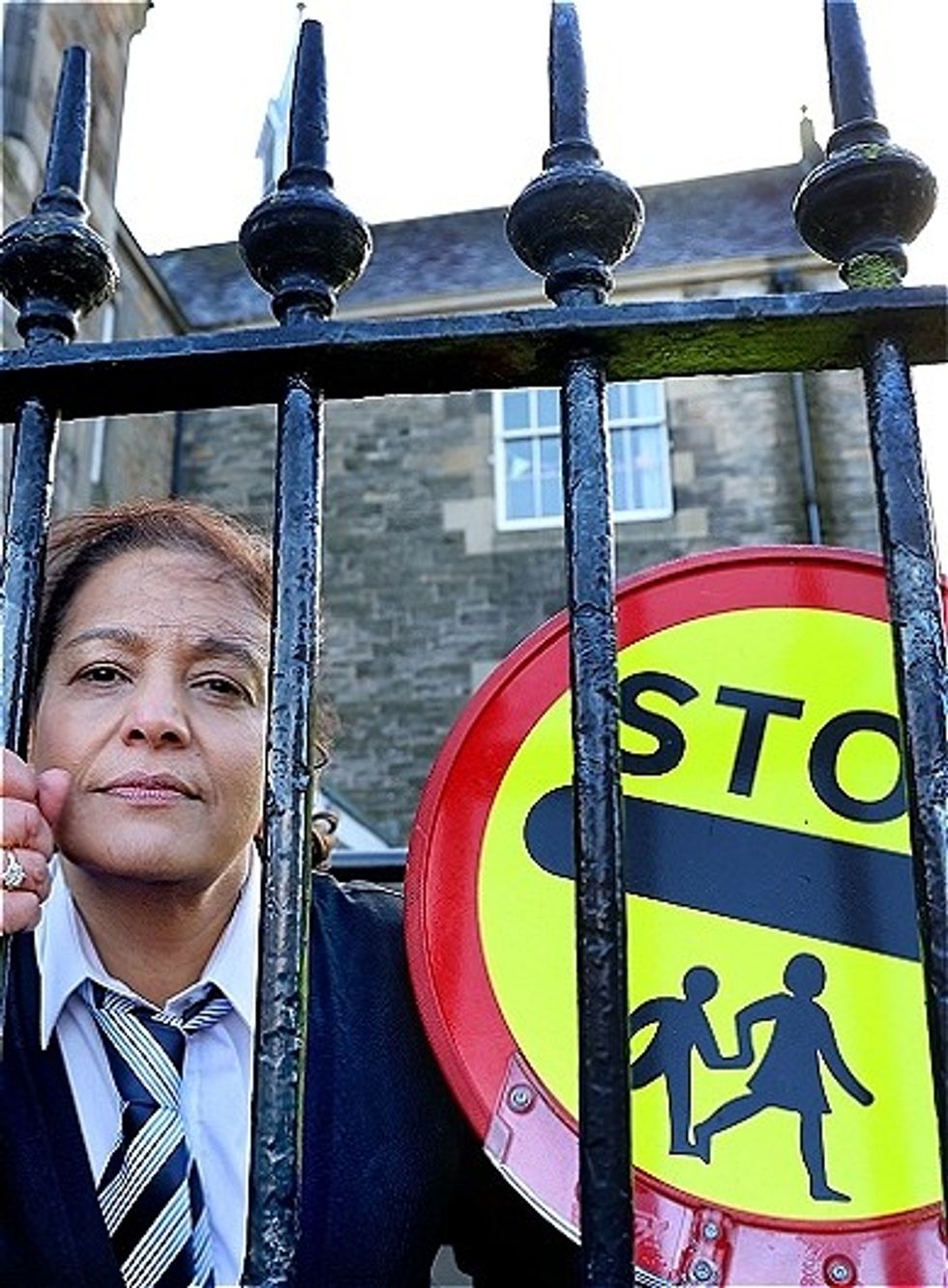 Lunchbox is a powerful one-woman show that tackles themes of identity, race, bullying and belongingInstagram/ lubnakerr
Lunchbox is a powerful one-woman show that tackles themes of identity, race, bullying and belongingInstagram/ lubnakerr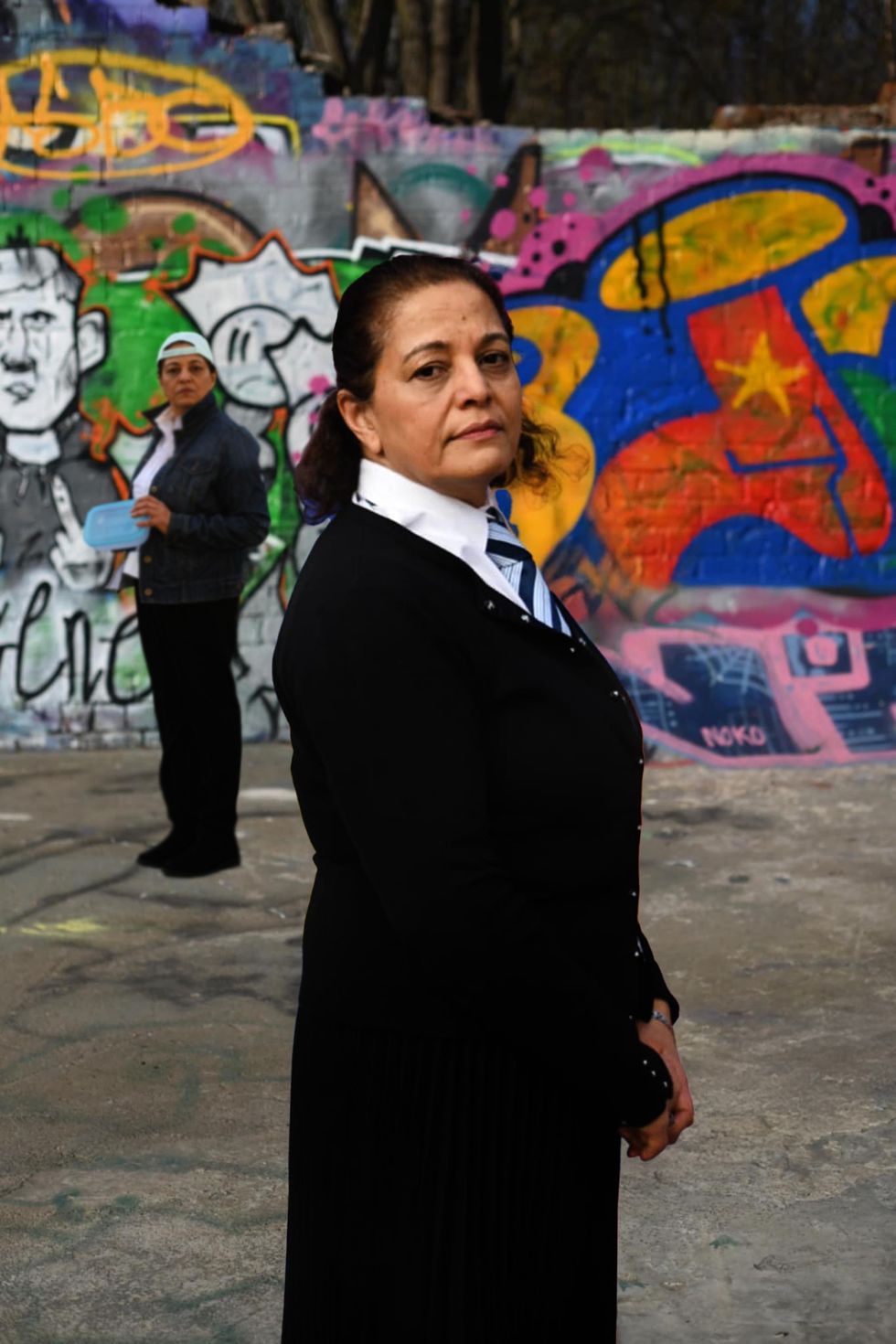 She says, ''do not assume you know what is going on in people’s lives behind closed doors''Instagram/ lubnakerr
She says, ''do not assume you know what is going on in people’s lives behind closed doors''Instagram/ lubnakerr








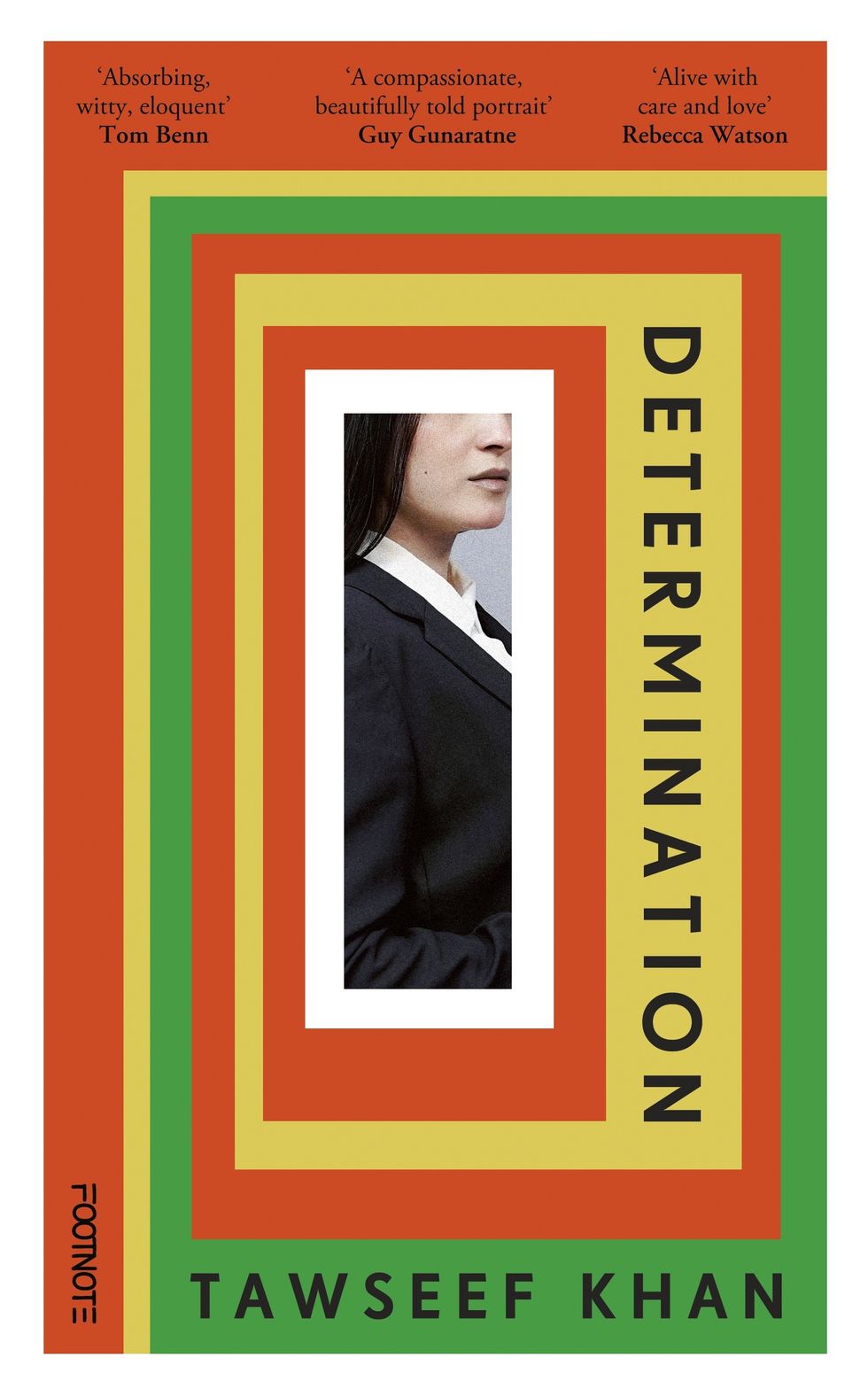 He says "immigrants are the lifeblood of this country"Instagram/ itsmetawseef
He says "immigrants are the lifeblood of this country"Instagram/ itsmetawseef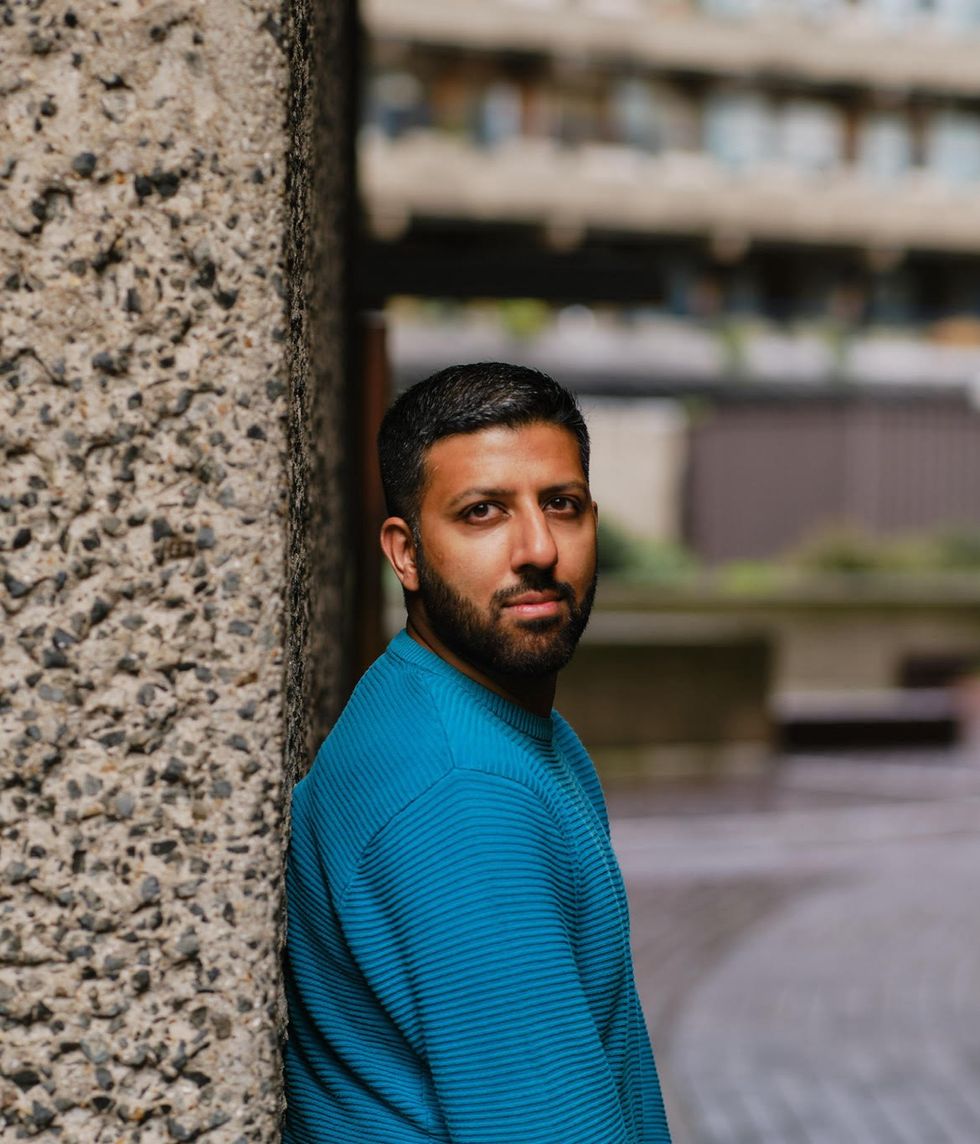 This book is, in a way, a love letter to how they raised meInstagram/ itsmetawseef
This book is, in a way, a love letter to how they raised meInstagram/ itsmetawseef
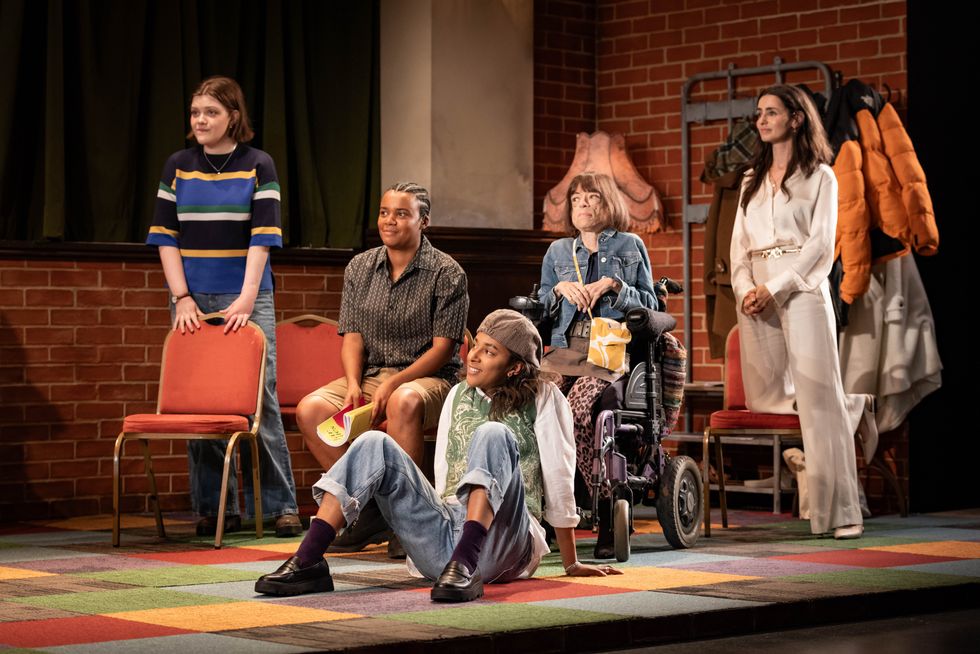 The crew of The Ministry of Lesbian Affairs
The crew of The Ministry of Lesbian Affairs
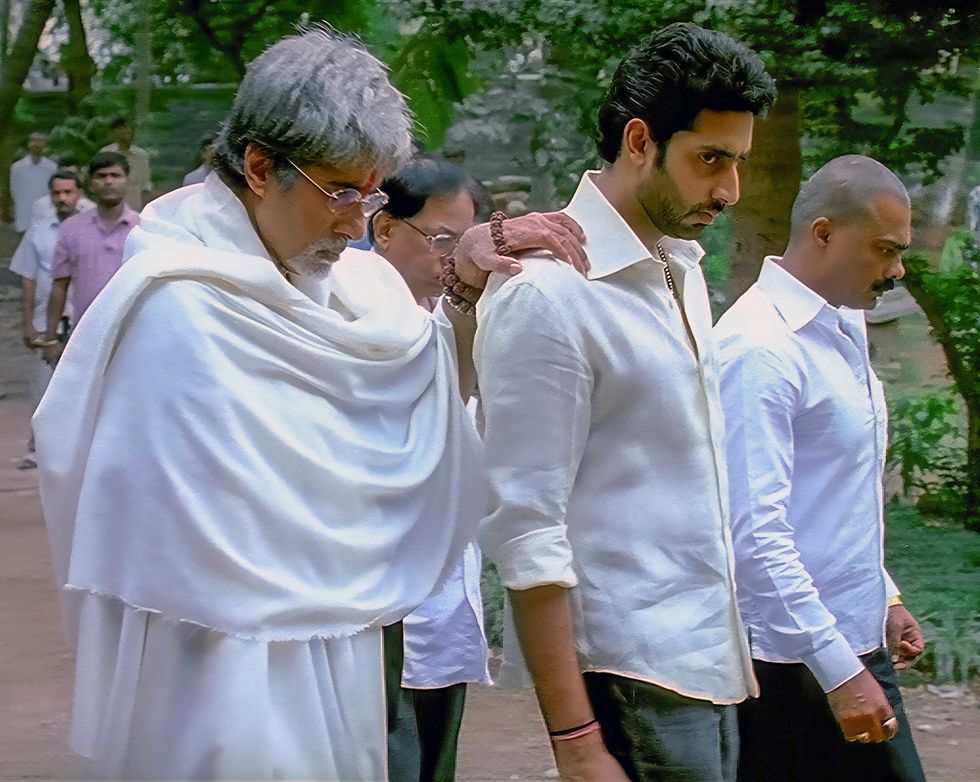 A still from Sarkar, inspired by 'The Godfather' and rooted in Indian politicsIndia Glitz
A still from Sarkar, inspired by 'The Godfather' and rooted in Indian politicsIndia Glitz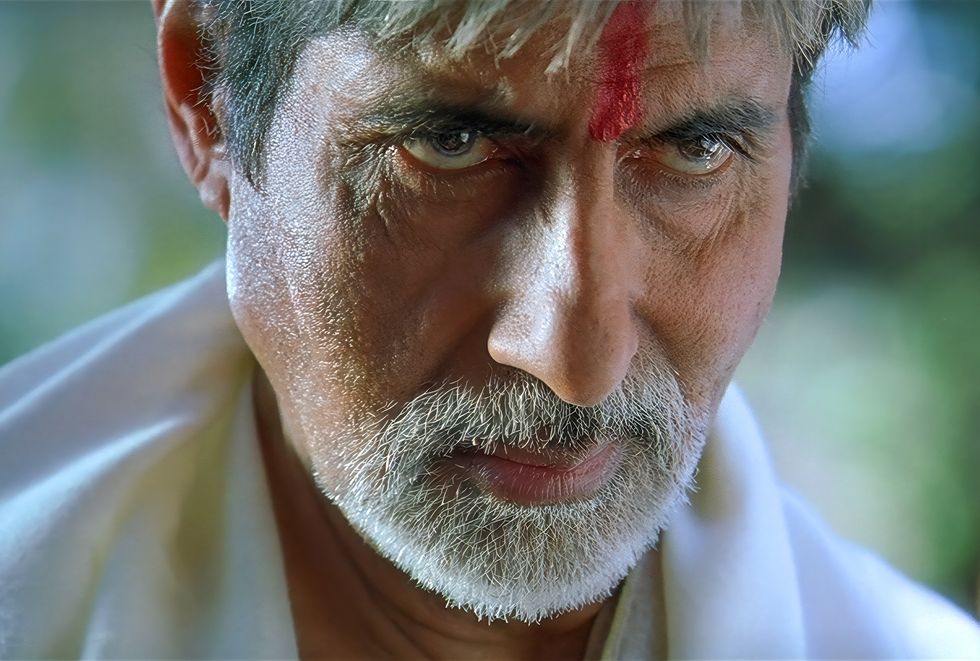 Sarkar became a landmark gangster film in Indian cinemaIndia Glitz
Sarkar became a landmark gangster film in Indian cinemaIndia Glitz The film introduced a uniquely Indian take on the mafia genreRotten Tomatoes
The film introduced a uniquely Indian take on the mafia genreRotten Tomatoes Set in Mumbai, Sarkar portrayed the dark world of parallel justiceRotten Tomatoes
Set in Mumbai, Sarkar portrayed the dark world of parallel justiceRotten Tomatoes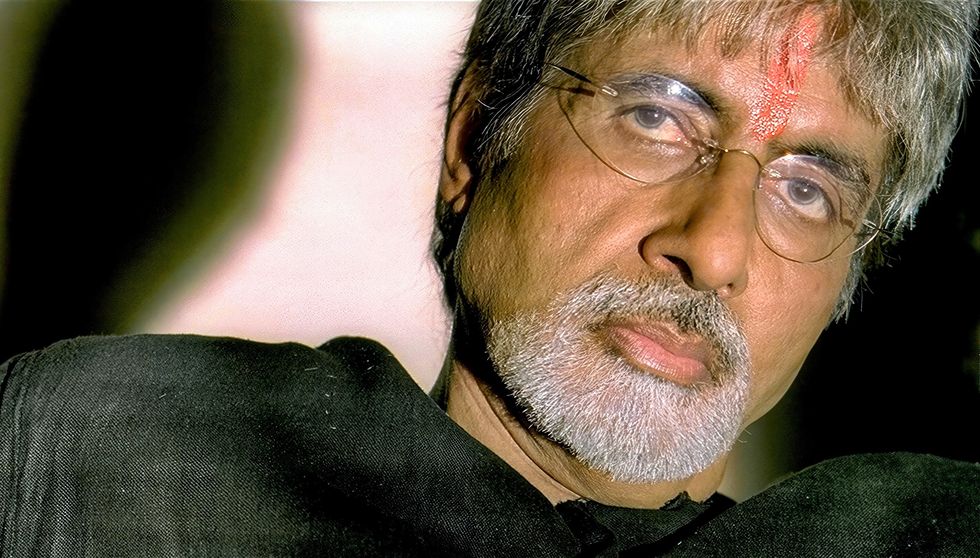 Ram Gopal Varma’s Sarkar marked 20 years of influence and acclaimIMDb
Ram Gopal Varma’s Sarkar marked 20 years of influence and acclaimIMDb
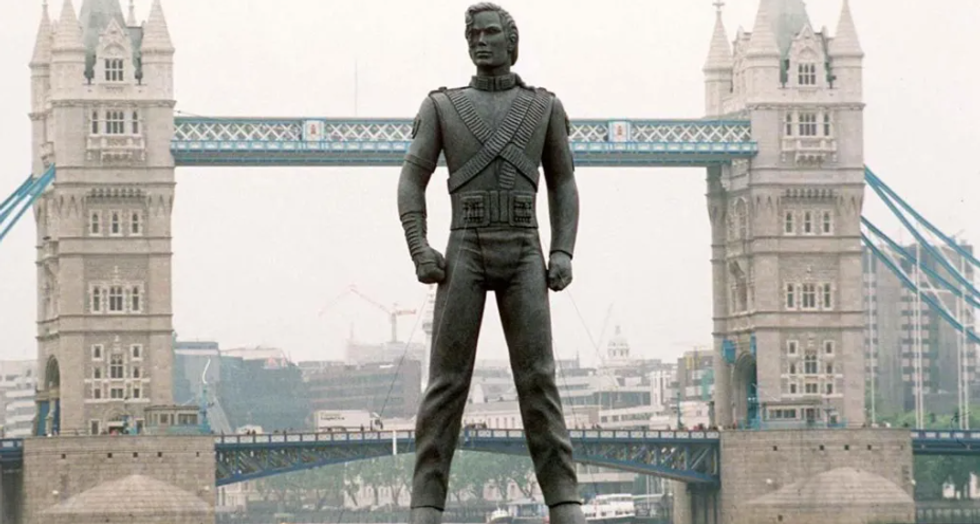 The statues were the product of a transatlantic effortGetty Iamges
The statues were the product of a transatlantic effortGetty Iamges